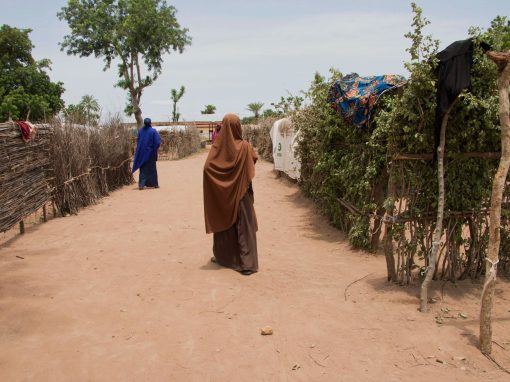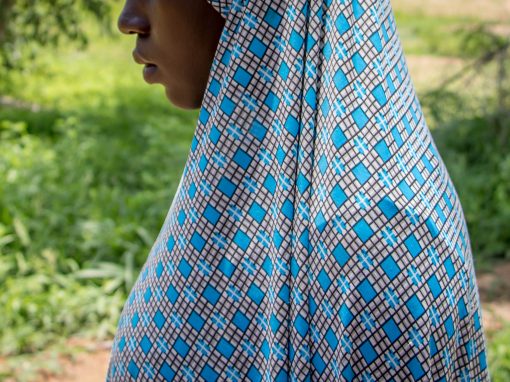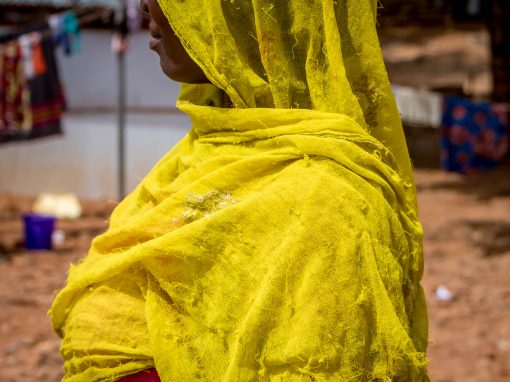Boko Haram and women
Its first leader, Mohammed Yusuf, was vocal in his criticism of what he saw as Nigeria’s embrace of corrupt western influences. He also decried a perceived corruption of the country’s political elite.
His views appealed to some young people in his community who were just as dissatisfied with the status quo, and saw within his teachings, solutions to the problems that affected their society. And so, in 2002, a movement was formed. The group’s main base was in Maiduguri, a city in northeastern Nigeria.
Boko Haram’s grand aim has been to create an Islamic state in northern Nigeria that would be governed based on its interpretation of the Holy Book. In its early days, Boko Haram clashed with government security forces as a result of its ideology and calls for reform. One such clash in July 2009 led to the deaths of 800 people – Boko Haram members and bystanders. A report by Amnesty International states that, “More than 30 police officers were also killed.”
The military arrested Yusuf in Maiduguri a day after that clash, on Jul. 30, 2009, and handed him over to the police. He was killed in police custody before the end of the day. The police claimed he had tried to escape. However, according to Amnesty International, photographs of Yusuf’s body “suggested that he had been handcuffed at the time of his death.”
Yusuf’s death was the turning point for Boko Haram. The group went underground and re-emerged in 2010 as the terrorist group we now know it to be. Abubakar Shekau, the second-in-command to Yusuf, led the group through this reign of terror.
To avenge Yusuf’s death, Boko Haram launched gun attacks on security officers and burned down police stations. They targeted people who spoke out against their ideology – including Muslim clerics. They burned down schools and churches.
But this was only the beginning.
In 2013, Boko Haram escalated its carnage, killing many more civilians and targeting soft spots like markets and schools.
Then president Goodluck Jonathan declared a state of emergency in 2013, in the northeastern states, Adamawa, Borno and Yobe.
Boko Haram abductions
In the beginning, Boko Haram largely spared women. While the terrorists attacked and killed men and boys, especially those who refused to join them, they would let women go after preaching to them about the Boko Haram ideology.
There are conflicting reports as to when Boko Haram started to abduct women but experts say it was sometime in 2011 or 2012.
One of most cited causes of these abductions was because the fighters needed women to do the domestic work in their camps, and women they use as sex slaves.
Boko Haram members would raid a village, take the girls and young women they liked, and then dump some money with the parents as dowry.
Another possible reason for these abductions was retaliatory. In at least one instance, when they couldn’t find the Boko Haram members who had been accused of crimes, military and security forces arrested select wives and children of the terrorists instead.
After these arrests, Shekau threatened to take women hostage and to abuse them.
“The idea was that, ‘you’re keeping and taking our wives. We know what happens to them in detention so we’ll do the same to your women,’” said Chitra Nagarajan, a humanitarian expert who works on human rights, peace and security in northeastern Nigeria.
Very few people were paying attention when the abductions began. In those early days, it received little news coverage.
“It wasn’t a priority,” said Alkasim Abdulkadir, an expert in issues relating to Boko Haram. “We were dealing with people dying everyday, with people whose limbs were chopped off, with near starvation. Women being abducted would be very hard to make the headlines, because our journalism is not very robust. It was there but it was on the fringes.”
According to Nagarajan, the abductions didn’t receive the needed attention because women and girls were not considered important enough. Not from the right social class.
“These were women and girls from families that nobody cared about,” she said.
Treatment of women after abduction
Boko Haram has a decentralized organizational structure and so there are no set ways all camps are run. As a result, abducted women and girls were treated differently depending on where they were taken. However, there were some common themes.
Recent abductions may be carried out for newer ominous reasons. Boko Haram is now coercing women and girls to carry out deadly operations because security officers are less likely to suspect them of carrying out terrorist acts. The group is also using women and girls as bait for more abductions. It is even forcing them on suicide bombing missions. Boko Haram has used girls as young as seven years old for its most fatal missions.
In the space of a year and a half, Boko Haram used 90 women for suicide bombing missions, according to a 2016 report by Georgia University’s professor of communication Mia Bloom and research analyst Hilary Matfess.
“The forced conscription and deployment of young women and girls is a differentiating feature of Boko Haram among other terrorist organizations, many of which have benefited from willing female participation,” according to the same report by Bloom and Matfess.
There are women who join Boko Haram voluntarily. However, most of the women and girls in Boko Haram camps have been taken against their will and are forced to participate in the group’s murderous agenda.
Click on an image below to read the story






